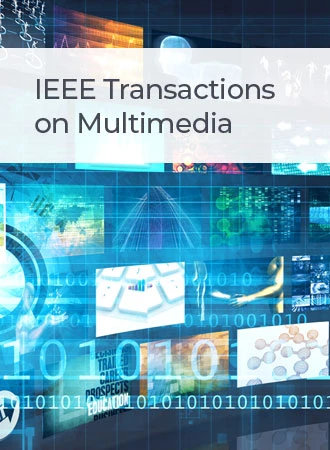Zero-Shot Video Moment Retrieval With Angular Reconstructive Text Embeddings
IF 8.4
1区 计算机科学
Q1 COMPUTER SCIENCE, INFORMATION SYSTEMS
引用次数: 0
Abstract
Given an untrimmed video and a text query, Video Moment Retrieval (VMR) aims at retrieving a specific moment where the video content is semantically related to the text query. Conventional VMR methods rely on video-text paired data or specific temporal annotations for each target event. However, the subjectivity and time-consuming nature of the labeling process limit their practicality in multimedia applications. To address this issue, recently researchers proposed a Zero-Shot Learning setting for VMR (ZS-VMR) that trains VMR models without manual supervision signals, thereby reducing the data cost. In this paper, we tackle the challenging ZS-VMR problem with利用角度重构文本嵌入检索零镜头视频瞬间
给定一段未经剪辑的视频和一个文本查询,视频时刻检索(VMR)旨在检索视频内容与文本查询语义相关的特定时刻。传统的 VMR 方法依赖于视频-文本配对数据或每个目标事件的特定时间注释。然而,标注过程的主观性和耗时性限制了这些方法在多媒体应用中的实用性。为了解决这个问题,最近有研究人员提出了一种用于 VMR 的零镜头学习设置(Zero-Shot Learning setting for VMR,ZS-VMR),它可以在没有人工监督信号的情况下训练 VMR 模型,从而降低数据成本。在本文中,我们利用角度重构文本嵌入(ART)解决了具有挑战性的 ZS-VMR 问题,将图像-文本匹配预训练模型 CLIP 推广到了 VMR 任务中。具体来说,我们的 ART 方法假定视觉嵌入与其语义相关的文本嵌入在角度空间上很接近,通过 CLIP 的超球生成视频事件提案的伪文本嵌入。此外,针对视频的时间特性,我们还设计了局部多模态融合学习,以缩小图像-文本匹配和视频-文本匹配之间的差距。我们在两个广泛使用的 VMR 基准(Charades-STA 和 ActivityNet-Captions)上的实验结果表明,我们的方法优于目前最先进的 ZS-VMR 方法。与最新的弱监督 VMR 方法相比,我们的方法也取得了具有竞争力的性能。
本文章由计算机程序翻译,如有差异,请以英文原文为准。
求助全文
约1分钟内获得全文
求助全文
来源期刊

IEEE Transactions on Multimedia
工程技术-电信学
CiteScore
11.70
自引率
11.00%
发文量
576
审稿时长
5.5 months
期刊介绍:
The IEEE Transactions on Multimedia delves into diverse aspects of multimedia technology and applications, covering circuits, networking, signal processing, systems, software, and systems integration. The scope aligns with the Fields of Interest of the sponsors, ensuring a comprehensive exploration of research in multimedia.
 求助内容:
求助内容: 应助结果提醒方式:
应助结果提醒方式:


